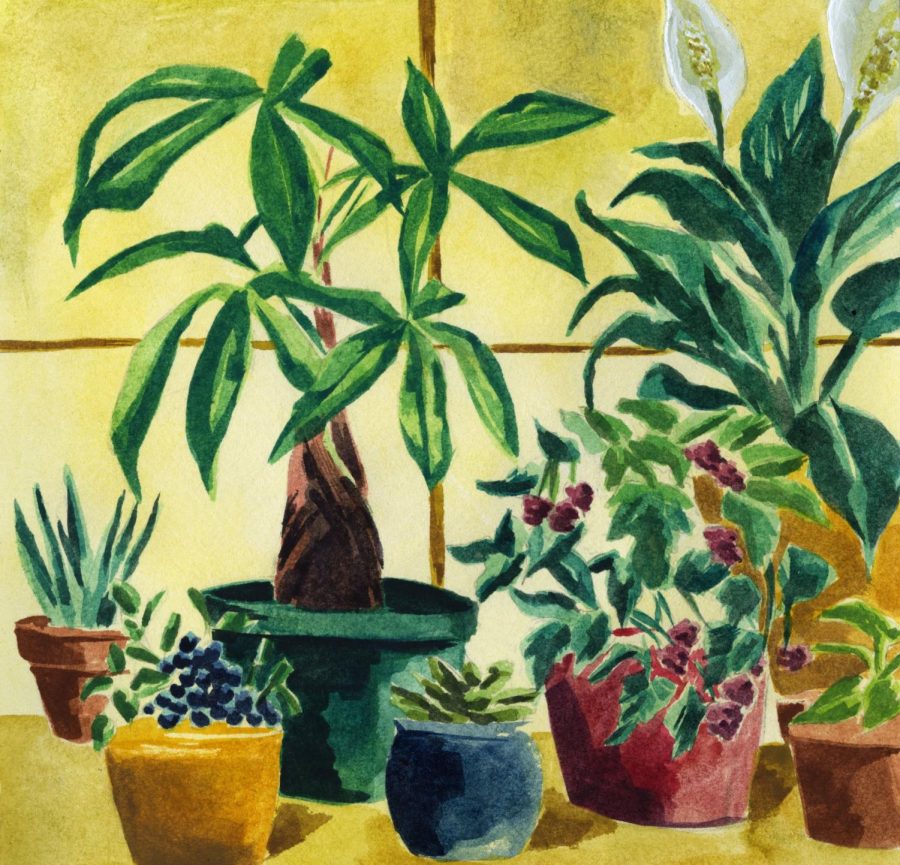Plants easy for college students to maintain, give back to Earth
April 18, 2023
Amidst the season of flowers flourishing in the sun, National Gardening Month and Earth Day emphasize incorporating greenery and plant-life into one’s daily life to improve oneself and the Earth. However, college students’ various time commitments, expenses and small living spaces can complicate partaking in plant culture. To alleviate these concerns, The Daily Texan compiled a list of plants that college students can feasibly maintain while also giving back to the environment.
Peace Lily
This low-maintenance plant serves as an air purifier, filtering out harmful toxins such as ammonia and allergy-inducing microbes. Peace lilies prefer basking in the shade, which works out perfectly for apartments with limited windows. Taking up minimal space and adding a beautiful contrast of white and green to one’s living room, peace lilies act as a pop of color in the corner of any West Campus apartment.
Snake Plants
Consisting of more than 70 species, and varying in different shapes and sizes, snake plants appeal to an array of tastes and parameters. The versatile plant requires indirect light and water at nearly dried soil, allowing for neglectful watering here and there. Defending students during allergy season, snake plants filter indoor air and function as perfect, hard-to-kill greenery to an apartment.
The Ponderosa Lemon Tree
Students in search of a convenient source of lemonade can look no further than this dwarf tree with medium-sized branches. Growing well either indoors or on a patio, ponderosa lemon trees require a good amount of sunlight and humidity. The tree emits a pleasant lemony scent and provides access to a kitchen fruit staple. Though tree maintenance can come off as daunting, with the proper care, the ponderosa can flourish in the home of a dedicated caretaker on a budget.
Orchids
Like most low-maintenance plants, weekly watering and providing indirect sunlight serve as key components for keeping this plant alive. Usually packaged insufficiently for growth, orchids often need to be repotted after the flowering stage. Along with their variety of colors, shapes and sizes, orchids look out for their owners’ health by cleaning up toxic fumes from the air.
Chrysanthemums
The ideal indoor flower for those wanting to transition to full-blown gardening, chrysanthemums’ phases allow beginners to turn their thumbs fully green. In their flowering stage, chrysanthemums enjoy indirect sunlight and cool indoor temperatures. In their gardening stage, the chrysanthemum heads eventually die out and the stems reside, allowing one to continue to garden with now-replenished, fertile soil. Both stages of the plant’s growth process hold up the plant’s title as the highest ranked air purifiers by eliminating toxic pollutants such as ammonia.












